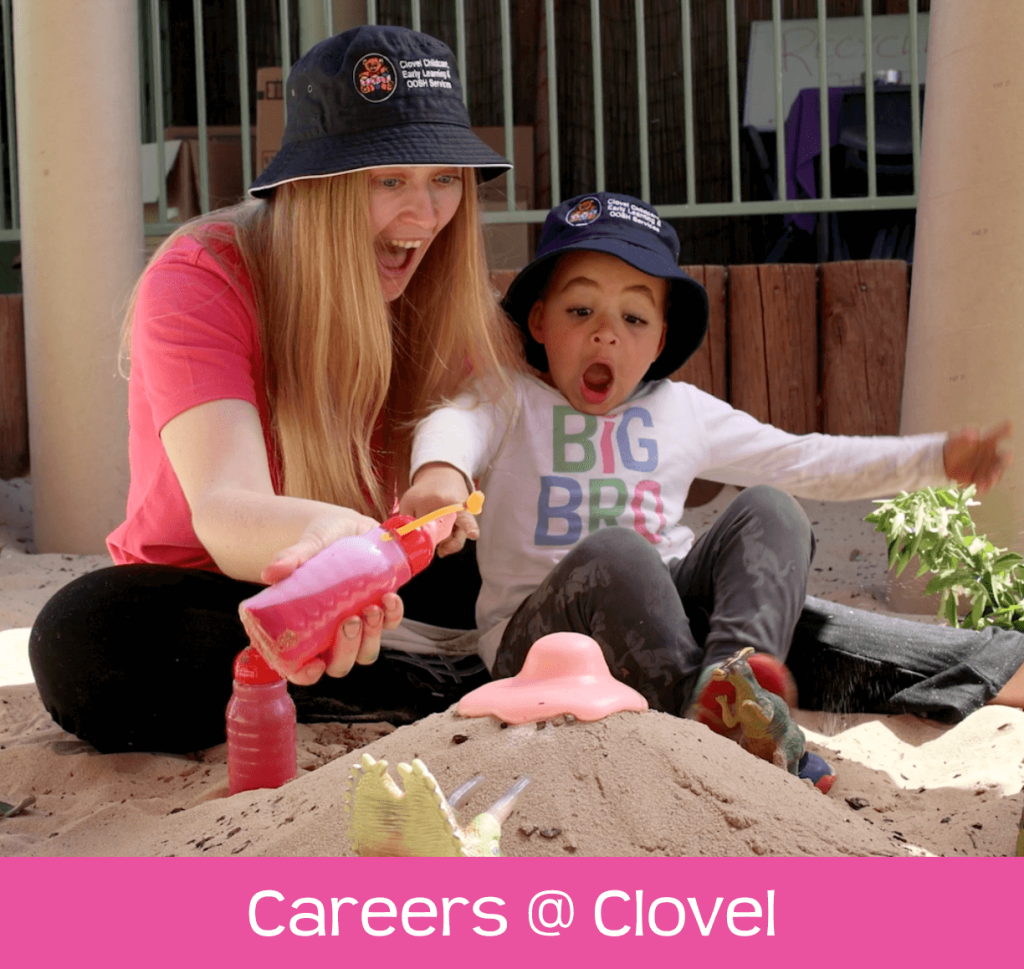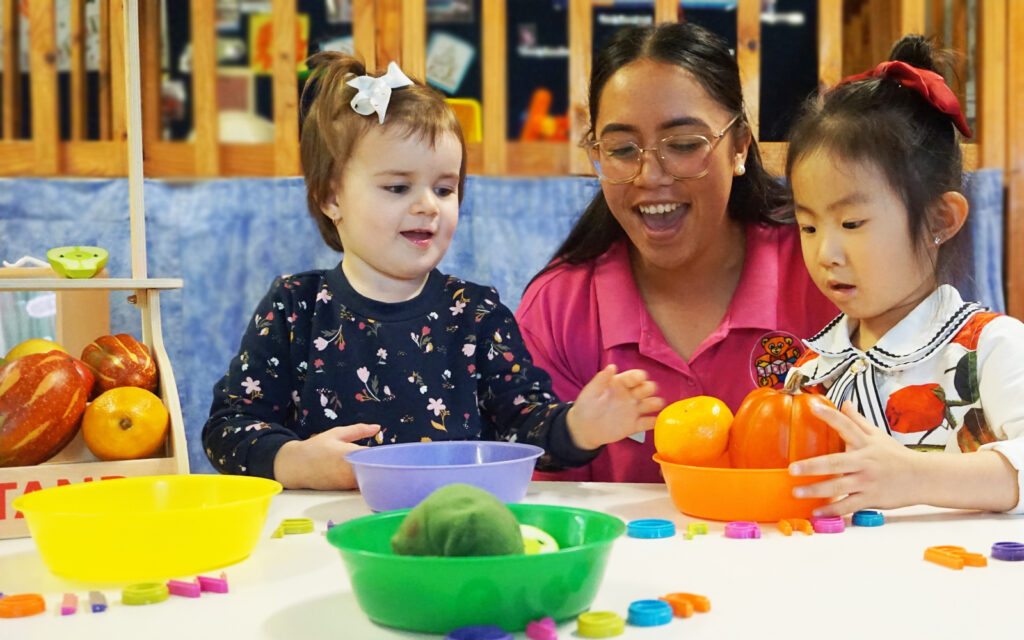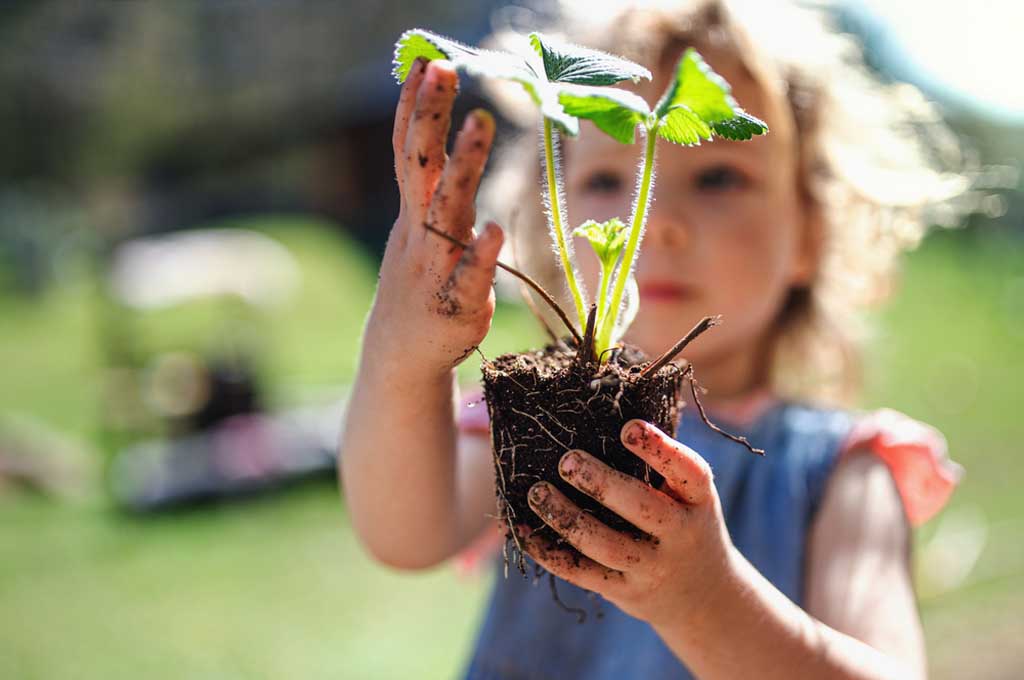

Children are naturally curious, and science experiments for children are a fun way to turn that curiosity into hands-on learning.
In this guide, we’ll share simple, safe experiments using everyday items that spark creativity, teach problem-solving, and let young minds explore the world around them.

Science experiments help children explore, ask questions, and make sense of the world around them. By observing, testing, and experimenting, young learners develop critical thinking, problem-solving skills, and an understanding of cause and effect, all key foundations for later learning.
At Clovel Childcare, we believe in learning through play, giving children hands-on experiences that make discovery fun and meaningful. Even simple experiments at home or in preschool encourage curiosity, creativity, and a love of learning from an early age.

You don’t need fancy equipment to create a mini science lab. These children’s science lab ideas and STEM activities at home are easy and fun:
A kitchen table, tray, or countertop works perfectly. Cover surfaces with newspaper or a placemat for easy cleanup.
Most experiments use everyday household items, such as:
Let your child lead the experiment. Ask questions like “What do you think will happen?” or “Why do you think that changed?” and celebrate their discoveries.
Always supervise, avoid sharp objects or toxic substances, and clean up together after each experiment.





Science experiments are most effective when children feel excited and involved. These tips make safe science experiments for children more fun and engaging:
The learning doesn’t stop when the experiment ends. Encourage children to discuss their observations, draw what they saw, or keep a simple science journal. This helps them process what happened, practice communication skills, and deepen understanding.
You can also link these activities to the preschool science curriculum. At Clovel Childcare, our programs build on hands-on learning like this, helping children explore concepts in science while developing curiosity, problem-solving, and critical thinking skills.
Hands-on science experiments help children develop curiosity, problem-solving skills, and a love of learning. Simple activities at home can turn everyday moments into exciting opportunities for discovery.
At Clovel Childcare, we build on these experiences with structured early learning programs that make science, creativity, and exploration a regular part of every child’s day.
Ready to inspire your child’s curiosity? Contact Clovel Childcare today or visit our website to learn more about our programs in Granville and beyond.

Lyn Connolly is the Founder and Company Director of Clovel Childcare & Early Learning Centres, a family‑owned group of eight centres across Western Sydney established from her first service at Merrylands. Active in early childhood education since 1977, she also serves as President of the Australian Childcare Alliance (ACA) NSW, representing providers in state and federal consultations, media, and public hearings.

Choosing your child’s childcare and early learning centre is one of the biggest decisions you will ever have to make for your child. If you have more questions for us or would like to book a tour of one of our centres, please fill out our form and we’ll be in touch!






Join our Clovel newsletter to keep up to date with the latest news, blogs, tips & advice or follow us on YouTube, Facebook and Instagram.